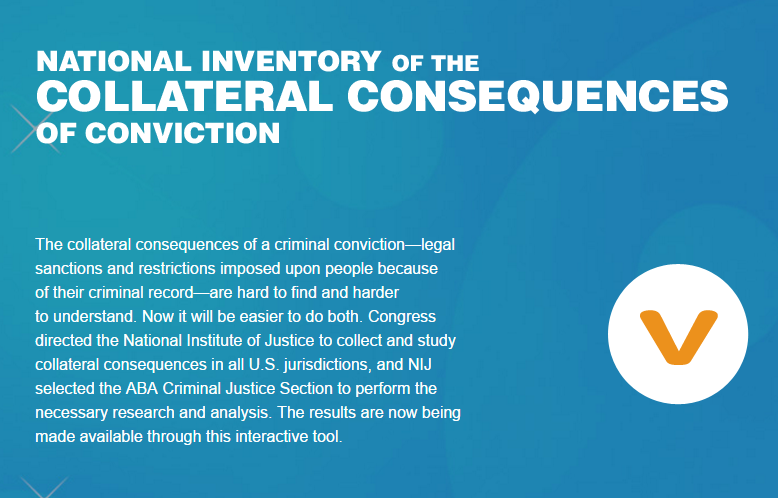Federal defendant avoids prison because of collateral consequences
Yesterday U.S. District Judge Frederic Block (E.D.N.Y.) issued an extraordinary opinion explaining his decision to impose a non-prison sentence on a young woman convicted of importing cocaine, based on the severe collateral consequences that she faces. While other federal courts have factored collateral consequences into the balancing of factors required by 18 U.S.C. § 3553(a), this is the first time a court has justified its action in such detail. Calling the opinion “groundbreaking,” CCRC board member Jack Chin told the New York Times that it is “by some distance the most careful and thorough judicial examination” of collateral consequences in sentencing: “It’s going to generate debate on a critical issue in the criminal justice system — the ability of people convicted of crimes to get on with their lives.”
Here is how the opinion begins:
Chevelle Nesbeth was convicted by a jury of importation of cocaine and possession of cocaine with intent to distribute. Her advisory guidelines sentencing range was 33-41 months. Nonetheless, I rendered a non-incarceratory sentence today in part because of a number of statutory and regulatory collateral consequences she will face as a convicted felon. I have incorporated those consequences in the balancing of the 18 U.S.C. § 3553(a) factors in imposing a one-year probationary sentence.
I am writing this opinion because from my research and experience over two decades as a district judge, sufficient attention has not been paid at sentencing by me and lawyers—both prosecutors and defense counsel—as well as by the Probation Department in rendering its pre-sentence reports, to the collateral consequences facing a convicted defendant. And I believe that judges should consider such consequences in rendering a lawful sentence.
There is a broad range of collateral consequences that serve no useful function other than to further punish criminal defendants after they have completed their court-imposed sentences. Many—under both federal and state law—attach automatically upon a defendant’s conviction.
The effects of these collateral consequences can be devastating. As Professor Michelle Alexander has explained, “[m]yriad laws, rules, and regulations operate to discriminate against ex-offenders and effectively prevent their reintegration into the mainstream society and economy. These restrictions amount to a form of ‘civi[l] death’ and send the unequivocal message that ‘they’ are no longer part of ‘us.’”
Preparatory to sentencing Ms. Nesbeth, I afforded counsel the opportunity to opine as to whether collateral consequences should indeed be part of the § 3553(a) mix, and requested written submissions. The Government was essentially non-committal.
Not surprisingly, the Office of the Federal Defender—which represented Ms. Nesbeth—gave a positive response. Commendably, both parties’ submissions detailed the collateral consequences she faces.
Because of the significance which I attach to the need of the criminal justice system to embrace collateral consequences as a sentencing issue, I write extensively, addressing in turn: (I) The History of Collateral Consequences; (II) The Depth and Breadth of Post-Conviction Statutory and Regulatory Collateral Consequences; (III) The Governing Caselaw; (IV) Ms. Nesbeth’s Collateral Consequences and the Balancing of all § 3553(a) Factors; (V) The Shaping of the Sentence; and (VI) The Responsibilities of Counsel and the Probation Department.

 The National Inventory of Collateral Consequences (
The National Inventory of Collateral Consequences (